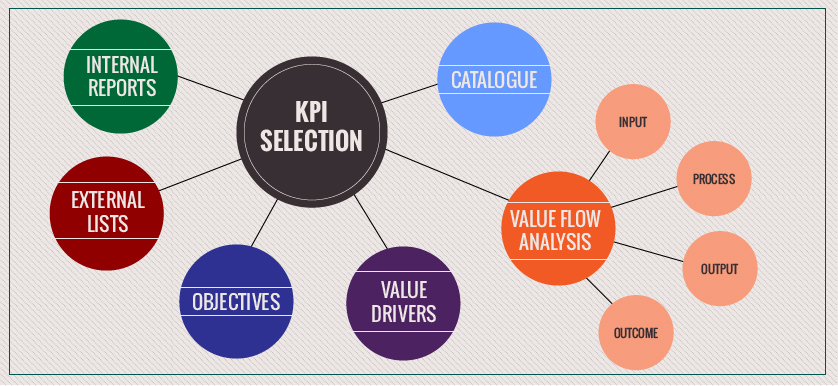Advice on KPI selection
KPI selection is a process which seems simple, yet is inherently complex, due to the interdependencies involved. Here are 15 things to consider before embarking on this journey.
Get the opportunity to grow your influence by giving your products or services prime exposure with Performance Magazine.
If you are interested in advertising with Performance Magazine, leave your address below.

KPI selection is a process which seems simple, yet is inherently complex, due to the interdependencies involved. Here are 15 things to consider before embarking on this journey.
When we talk about configuring KPIs,what we mean is that after you select the ones you think are right, you create a comprehensive documentation of each and every relevant set of details for each KPI and activate them, so that the data these indicators collect will be easily reported on and analyzed.
In order to get a grasp on how the processes of KPI documentation and configuration work, we have 15 tips for you to keep in mind at all times.
1. Link KPIs – upstream with business objectives and downstream with organizational initiatives.
KPIs should be connected to organizational objective as they make objectives SMART. Initiatives should be establish to support the achievement of objectives by improving KPI results.

There are two major components that keep banking operations spinning: deposits and loans. However, battles are never carried out for deposits.

The Value Flow Analysis (VFA) represents a Key Performance Indicators (KPIs) selection technique, focused on analyzing the value generated by a system at all stages: Input, Process, Output and Outcome. This technique is mostly used during the KPI selection workshop, in order to properly measure the value generated within each stage. For each objective, KPIs are selected for Input, Process, Output and Outcome. Based on this initial listing, the KPIs that best reflect the achievement of the objective are selected.
Finding the right balance between high profits, low costs, quality products/services and safety standards is not an easy process. Companies continue to face problems when trying to adjust to one of these components, rather than the other. An example in this direction is British Petroleum (BP).